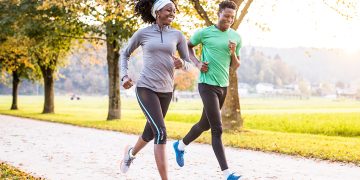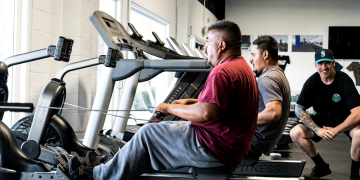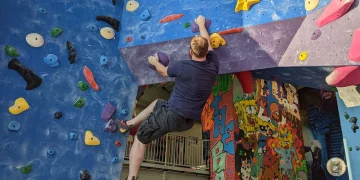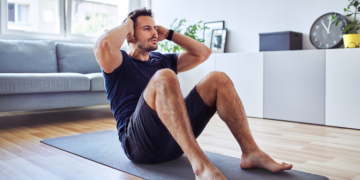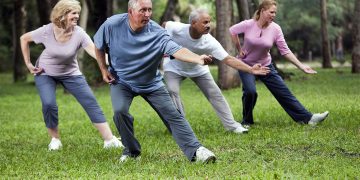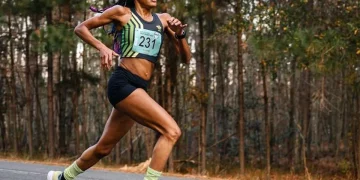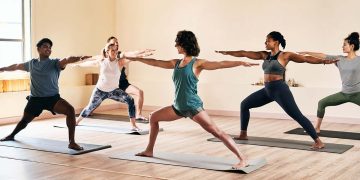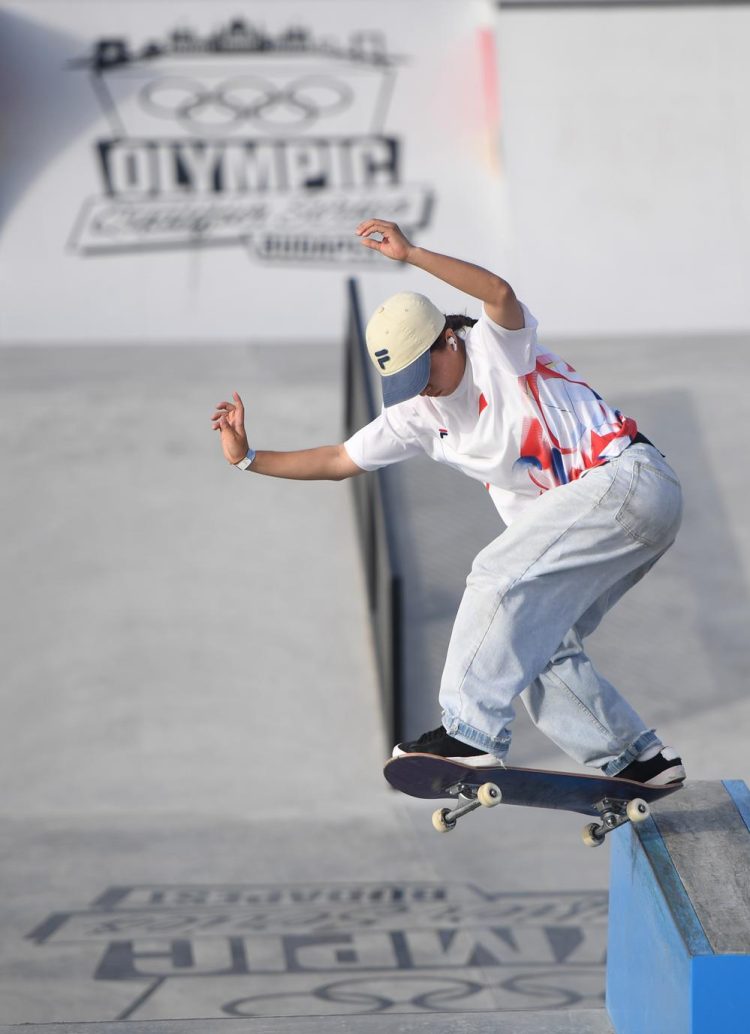Introduction
The world of fitness has always been evolving, with new trends emerging each year. From high-intensity interval training (HIIT) to yoga, Pilates, and even virtual workouts, there is no shortage of creative ways to stay fit. Recently, a growing number of people have begun looking outside traditional fitness routines for new ways to challenge their bodies and have fun at the same time. Dance, rock climbing, and skateboarding are three such activities that are rapidly gaining popularity as fitness trends. But can these activities truly become the next big thing in fitness?
In this article, we will explore how dance, rock climbing, and skateboarding have the potential to reshape the fitness landscape. By examining the physical benefits, mental advantages, and cultural relevance of these activities, we can determine whether they have what it takes to become the next fitness craze.
1. Dance as a Fitness Trend: Fun, Creative, and Full of Benefits
Dance has long been known for its cultural significance, but over the years, it has transformed into a mainstream fitness trend. From dance-based cardio programs like Zumba to contemporary styles such as hip hop and ballet, dance is not only a form of artistic expression but also a fantastic way to improve physical fitness.
Why Dance is Becoming a Popular Fitness Trend
- Cardiovascular Health: Dance is an excellent cardiovascular workout. Styles like salsa, hip hop, or jazzercise get the heart pumping and improve endurance. According to the American Heart Association, aerobic activities like dancing help reduce the risk of heart disease by improving circulation and lowering blood pressure.
- Full-Body Workout: Dance engages almost every muscle group, from the legs and core to the arms and upper body. It helps build strength, flexibility, and coordination, making it a well-rounded fitness activity that targets multiple aspects of fitness.
- Mental Health Benefits: Beyond physical benefits, dance has profound effects on mental health. The rhythmic movements, music, and creativity involved in dance can significantly boost mood and reduce stress. It also has cognitive benefits, enhancing memory and focus due to the need to memorize routines and movements.
- Social Interaction: Dance classes and group dance activities provide a strong sense of community. Group settings allow participants to interact, bond, and support one another, which can improve social well-being and motivation to stay active.
Is Dance the Future of Fitness?
Dance has a clear path forward as a fitness trend. It is already widely practiced in various forms around the world and continues to gain momentum. As more fitness enthusiasts seek fun and engaging ways to stay in shape, dance provides a perfect mix of cardio, strength, and mental stimulation. Its ability to integrate social interaction and creativity makes it highly appealing, especially in an era where people crave experiences that go beyond traditional workouts.
2. Rock Climbing: A Strength-Building Adventure
Rock climbing is another activity that has seen significant growth in popularity, particularly among outdoor and adventure enthusiasts. Initially viewed as a niche sport, indoor rock climbing gyms are now widespread, and outdoor climbing destinations continue to attract crowds. But what makes rock climbing so appealing as a fitness activity?
The Physical and Mental Benefits of Rock Climbing
- Total Body Strength: Rock climbing engages the entire body, requiring a balance of upper body, lower body, and core strength. From gripping holds to using your legs to push upward, climbing challenges your muscles in unique ways. It’s an incredible workout for the forearms, shoulders, back, and legs, and it also builds core stability as climbers engage their abdominals to maintain proper posture and balance.
- Improved Flexibility and Agility: The varied movements required in climbing help improve flexibility, especially in the hips, shoulders, and wrists. Climbing often involves dynamic and stretching movements that help increase overall flexibility.
- Mental Focus and Problem-Solving: One of the most unique aspects of rock climbing is the mental challenge it presents. Climbers must constantly analyze routes, plan movements, and make quick decisions while maintaining their grip and focus. This mental engagement not only enhances concentration but also builds resilience, helping climbers push through physical and mental barriers.
- Stress Relief: The meditative nature of climbing, especially bouldering or outdoor climbing, helps reduce stress. The physical exertion combined with the mental focus required can serve as an escape from daily life, offering a sense of calm and accomplishment.
Can Rock Climbing Become a Mainstream Fitness Trend?
While rock climbing may seem intimidating to some, it is growing in popularity due to its accessibility in indoor gyms and the rising culture of adventure fitness. Rock climbing appeals to those looking for a challenge that goes beyond traditional exercises. It combines strength training, cardiovascular benefits, and mental stimulation. Its unique mix of physical and mental fitness makes rock climbing a compelling option for people seeking variety in their workout routines.
3. Skateboarding: From Subculture to Fitness Trend
Skateboarding has long been associated with youth culture, street style, and adrenaline-pumping stunts. However, in recent years, skateboarding has made its way into the mainstream fitness world, thanks in part to the rise of skate parks and the recent inclusion of skateboarding as an Olympic sport.
Skateboarding as a Fitness Activity
- Core and Leg Strength: Skateboarding requires significant engagement of the core and legs. Balancing on a moving board activates the abdominal muscles, while constant pushing and maneuvering strengthen the quadriceps, hamstrings, and calves. The constant shifting of weight also helps improve stability and coordination.
- Balance and Coordination: Skateboarding challenges your balance and coordination, as you must continuously adjust to the movement of the skateboard. Regular practice helps improve proprioception (the awareness of where your body is in space) and overall coordination, which can benefit other athletic endeavors as well.
- Cardiovascular Health: Skateboarding, especially when practiced for extended periods or at high intensity, can provide a solid cardiovascular workout. Pushing the skateboard over varied terrain or performing tricks can raise the heart rate and improve cardiovascular fitness.
- Mental Benefits: Much like dance, skateboarding involves an element of creativity and expression. The sport also requires focus and concentration, particularly when learning new tricks or navigating different surfaces. This mental engagement can be incredibly satisfying and serve as a form of stress relief.
Will Skateboarding Become a Major Fitness Trend?
While skateboarding is often seen as a recreational activity, its potential as a fitness trend is becoming more apparent, particularly among younger generations. With its inclusion in the Olympics and its widespread use in urban areas, skateboarding has the potential to draw a larger crowd into the fitness world. Its combination of strength, balance, and cardiovascular benefits makes it a viable option for people looking to engage in a fun, unconventional fitness routine. As the popularity of skateboarding continues to grow, it may very well become a more mainstream fitness activity.
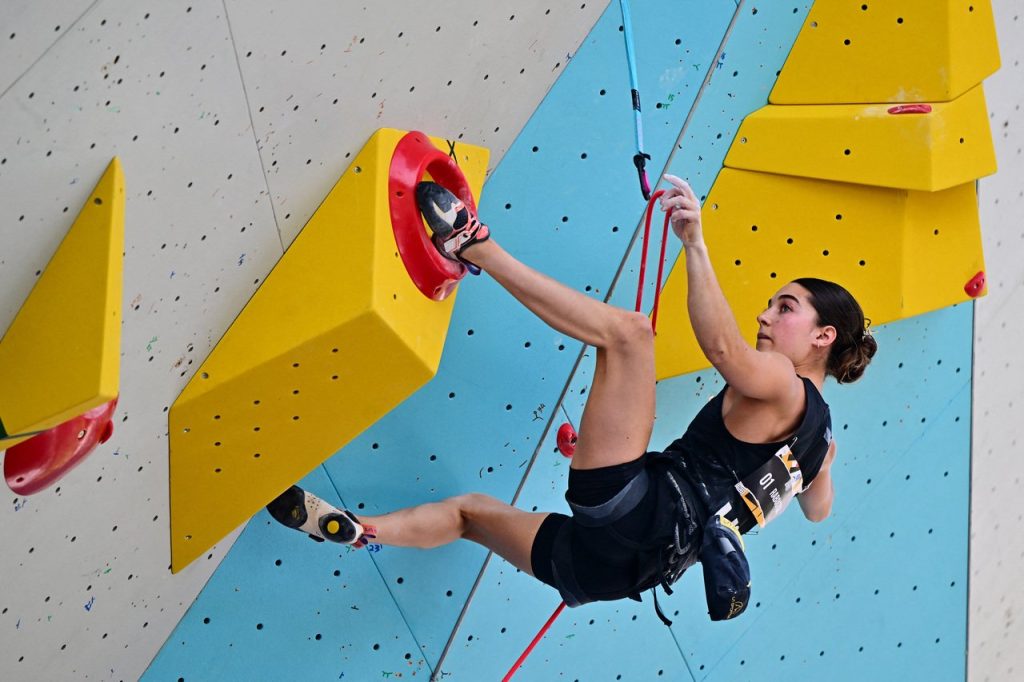
4. The Future of Cross-Disciplinary Fitness: Dance, Rock Climbing, and Skateboarding
The rise of dance, rock climbing, and skateboarding as fitness trends reflects a larger movement toward more dynamic and creative ways of staying active. As people continue to move away from traditional gym-based workouts, these cross-disciplinary activities offer new avenues for fitness that blend strength, creativity, mental focus, and fun.
- Variety and Fun: One of the key reasons people are drawn to these activities is that they break away from the monotony of traditional workouts. Whether it’s the rhythm of dance, the challenge of climbing, or the thrill of skateboarding, these activities inject fun and excitement into fitness routines. This fun factor helps participants stay motivated and more likely to stick with their fitness journey.
- Cultural Influence: Each of these activities has a rich cultural history that makes them more than just fitness pursuits. Dance, rock climbing, and skateboarding have cultural and social significance, which makes them more relatable and engaging for many people. They offer a sense of community and shared experience, which enhances the overall fitness journey.
- Inclusivity and Accessibility: While these activities may require some skill and learning, they are generally accessible to people of various ages and fitness levels. Dance classes, climbing gyms, and skate parks are increasingly popular in cities around the world, providing accessible spaces for people to try these activities and integrate them into their fitness routines.
Conclusion
Can dance, rock climbing, and skateboarding become the next big thing in fitness? The answer is yes. Each of these activities offers unique physical and mental benefits, along with a fun and engaging experience that traditional gym workouts may lack. Whether you’re looking to improve cardiovascular health, build strength, enhance coordination, or simply enjoy a more creative workout, these cross-disciplinary fitness trends provide the opportunity for growth, challenge, and enjoyment.
As people continue to seek out new ways to stay fit and motivated, it’s likely that we’ll see even more people embracing these unconventional workouts in the years to come. So, if you’re looking to shake up your fitness routine and try something new, it might be time to dance, climb, or skate your way to better health!


